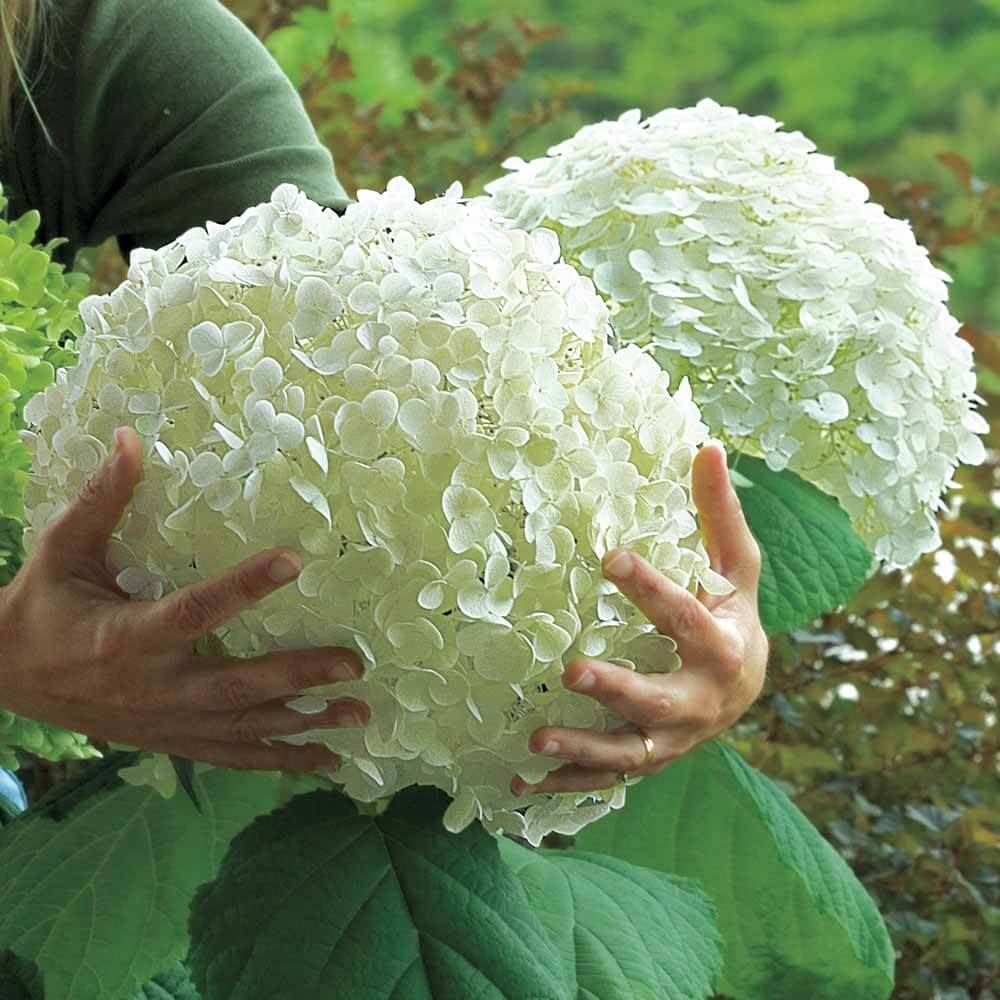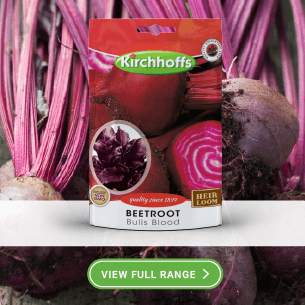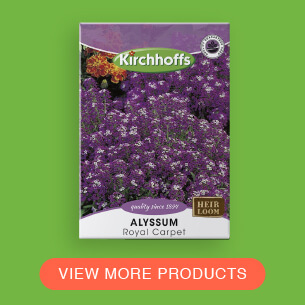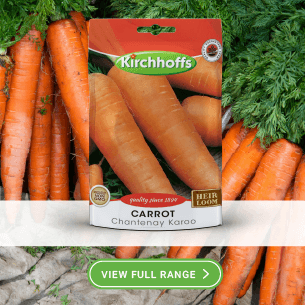Hydrangea arborescens the commonly known Smooth Hydrangeas | 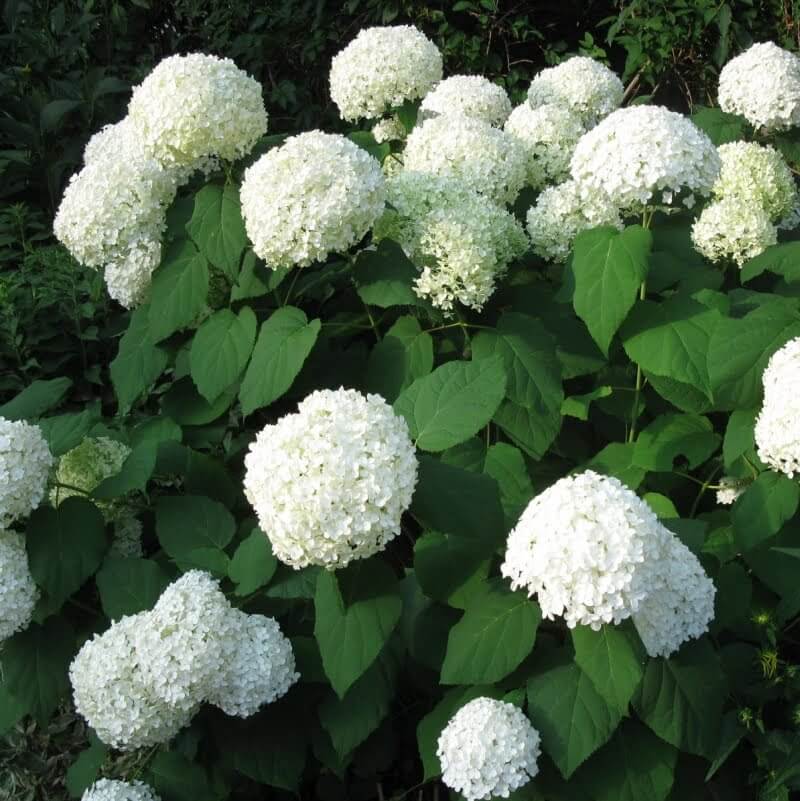 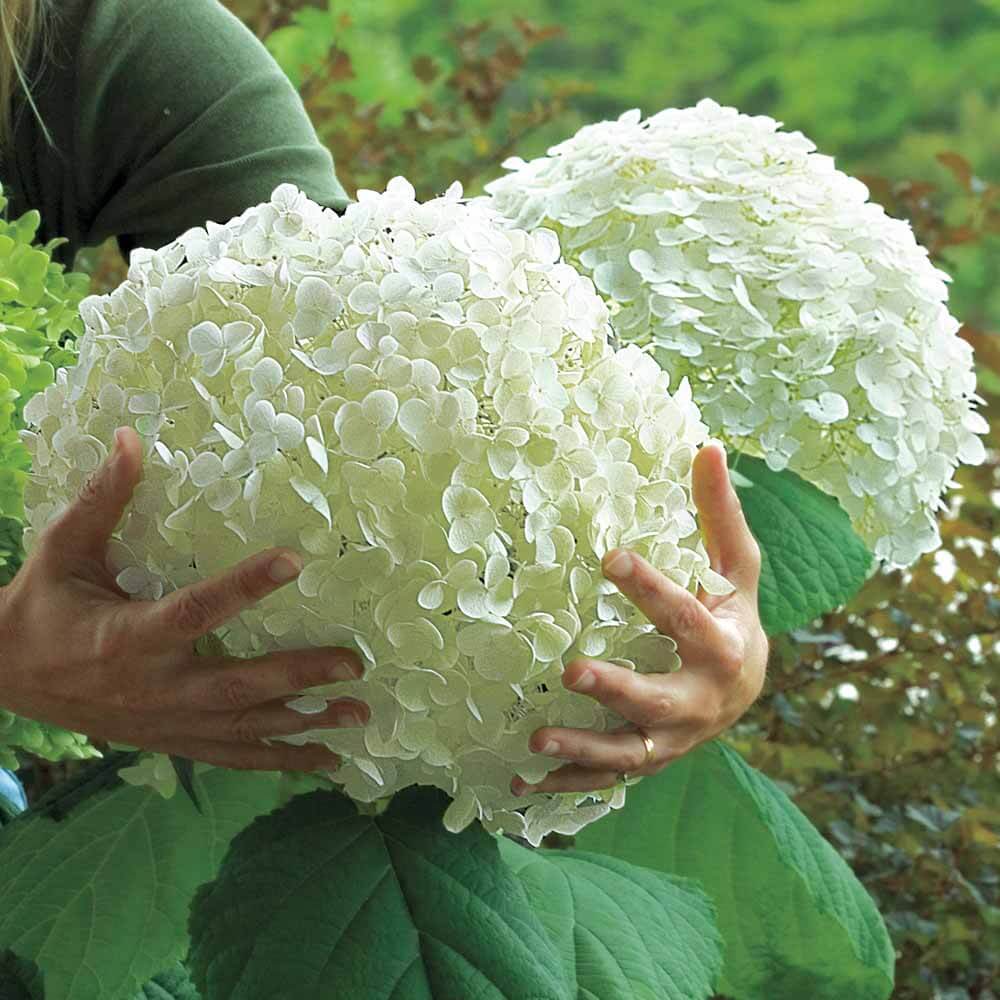 |
This Hydrangea specie is native to the eastern U.S and produces large white blooms in abundance. It is known as a reliable bloomer and will flower profusely even after a heavy pruning or severe winter. It flowers on new wood during early summer. Blooms of up to 25 cm in diameter have been reported. The large flower heads however often lead to stems bending and breaking so remember to stake the flower stalks in windy climates. It is also worth noting that hot afternoon sun and severe heat may lead too blooms fading faster than usual. Arborescens prefers morning sun and afternoon shade and does extremely well in dappled shade. Hydrangea arborescens is best cultivated from herbaceous stem cuttings, and though many varieties are not capable of producing true to type seed these hydrangeas allow to be propagated from seed. The most popular variety of arborescens Hydrangea's is 'annabelle' other varieties include 'incrediball' and 'Grandiflora' | |
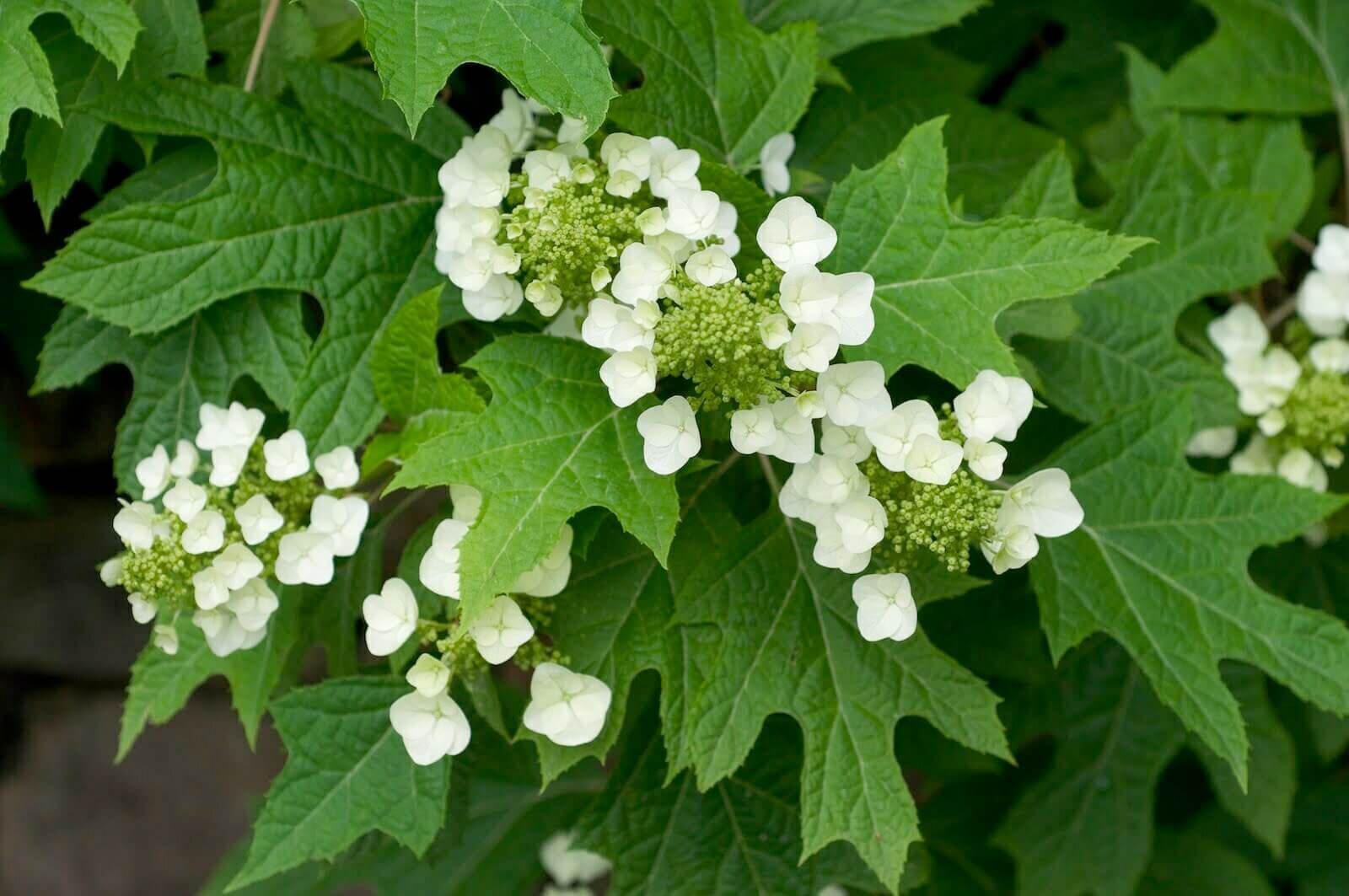 Hydrangea quercifolia in flower. 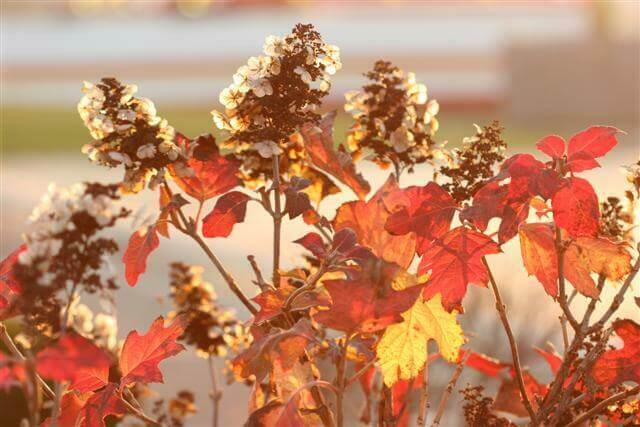 Hydrangea quercifolia in autumn. | Hydrangea quercifolia or Oakleaf Hydrangeas |
Another U.S native specimen these popular Hydrangeas have deeply lobed leaves and white blooms in early to mid-summer which tend to turn pink as they age. | |
Hydrangea paniculata commonly called PeeGee hydrangeas. | 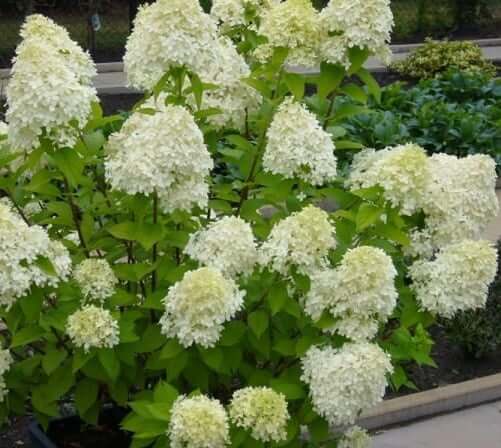 |
| Like Hydrangea quercifolia, PeeGee’s white blooms tend to turn pink as they age. PeeGees are known to grow to 3 meters tall and wide so keep this in mind when selecting their spot in the garden. They do tolerate direct sun, provided they have enough moisture, in extremely hot climates however they prefer some shade to perform at their best. Prune these Hydrangeas any time of the year except during mid-summer as they are then preparing to flower. For an interesting feature or focal point prune and shape these Hydrangeas into a tree growth form. | |
| Hydrangea paniculata | |
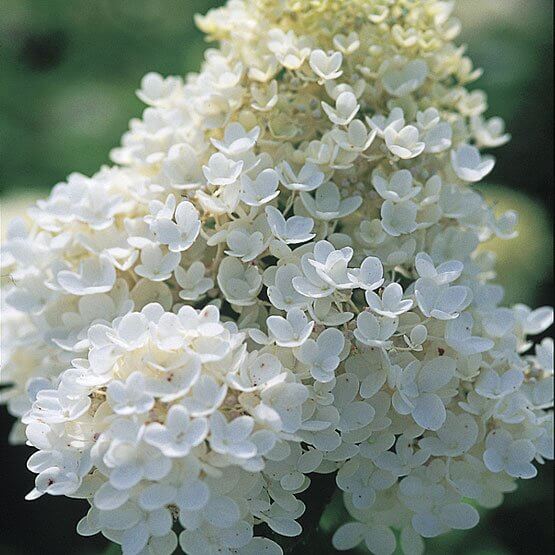 | Fun FactA common known fact is that the flower colours of Hydrangeas are dependent on the soil pH level. What most however do not know is that this is not due to the actual acidity of the soil but to the amount of aluminium made available to the plant as a result of different soil pH levels. |
Grower's tips
| |
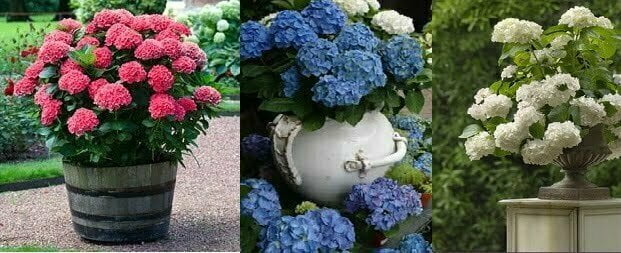 | |








